Killing Wild Violets - Tips For Wild Violet Control
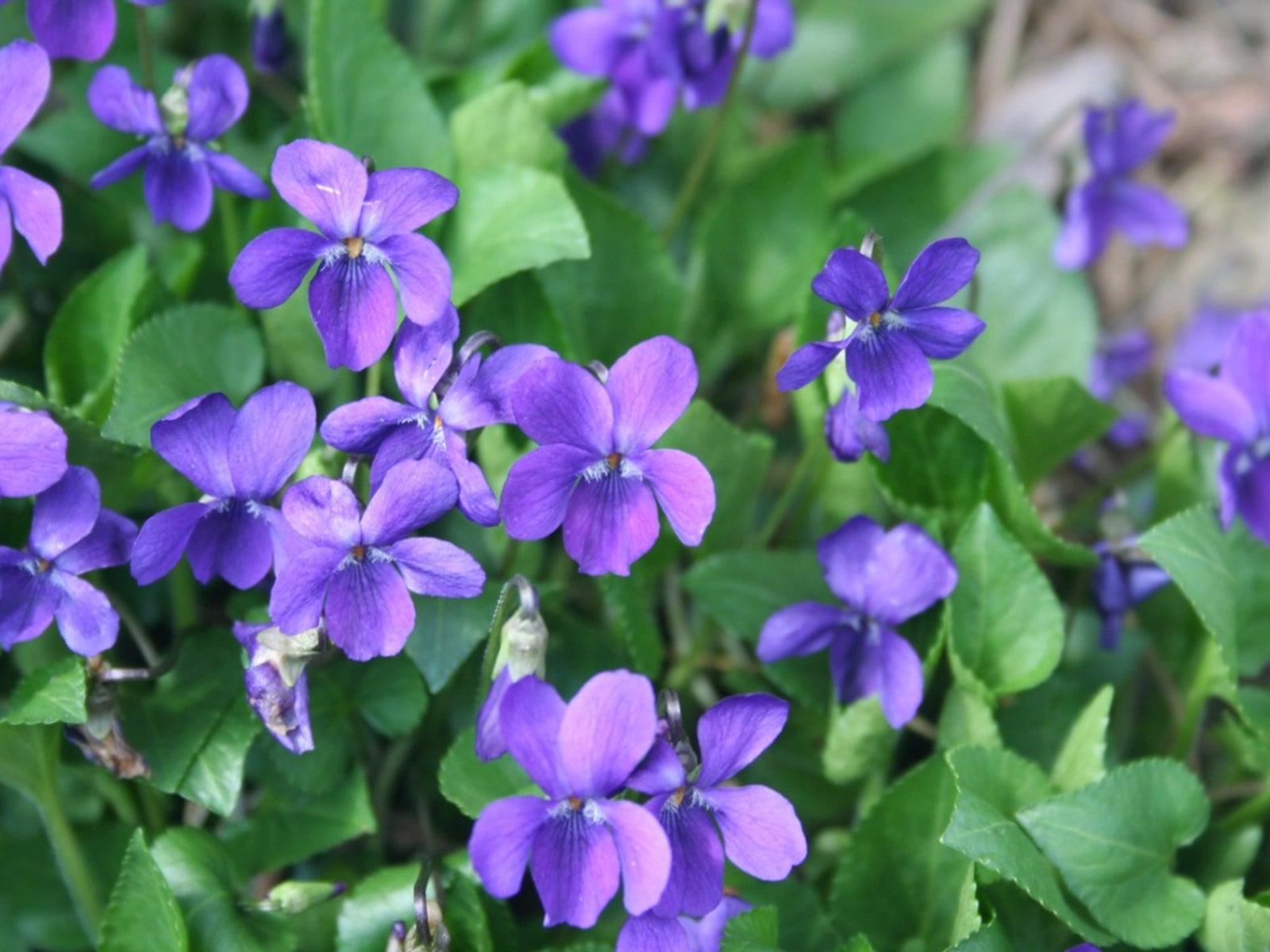

Controlling wild violets in the lawn may be one of the most difficult gardening problems a homeowner can face. Those pretty little plants can take over a lawn in just a few short seasons and once they take hold, nothing is as tenacious as the wild violet. Control or killing wild violets in lawns can take years.
Why is Controlling Wild Violets So Difficult?
Wild violets are cool season perennials that grow best in shady, moist soil. There are three problems with these tough little plants that make killing wild violets so difficult. Wild violets have two types of flowers -- the pretty purple ones that children gather for their mothers and the plain, unopened ones that shelter beneath leaves that protect them from most types of wild violet control. The purple flowers may be sterile. The flowers beneath the leaves are not only fertile, but self-fertilizing. They don't need to bloom to reproduce. Thick clumps of underground stems, called rhizomes, store water so the plants can survive drought. When a gardener tries to kill wild violets in the lawn, the rhizomes survive and send forth new shoots. Those lovely heart-shaped leaves pose the third problem in controlling wild violets. The waxy coating that gives the leaves their shine also prevents herbicides from penetrating the leaves.
Killing Wild Violets
Treatments for controlling wild violets are best applied in the fall as the plants take in herbicides more easily at this time. Spot treatments with an herbicide that kills all vegetation works best for mild infestations, the downside being brown spots dotting the lawn. For broader applications, use granular herbicides. Be sure to check the label to be sure killing wild violets is listed. Concentrates applied with a garden hose attachment will damage the plants but as with most treatments, repeated applications will be necessary to kill wild violets. The best method of wild violet control is a thick and healthy lawn. The dense roots of the grass will help prevent those pretty little devils from ever taking root.
Gardening tips, videos, info and more delivered right to your inbox!
Sign up for the Gardening Know How newsletter today and receive a free copy of our e-book "How to Grow Delicious Tomatoes".

Jackie Rhoades began writing for Gardening Know How in 2010.
-
 Moody Blooms For Spring: 8 Types Of Black Flowers To Add Drama To Spring Displays
Moody Blooms For Spring: 8 Types Of Black Flowers To Add Drama To Spring DisplaysFrom midnight burgundies to inky violets, several types of black flowers can enrich and embolden a spring display. Try these brooding bloomers for a moody garden
By Tonya Barnett
-
 Can Snake Plants Live Outside? Everything You Need To Know For Snake Plants Al Fresco
Can Snake Plants Live Outside? Everything You Need To Know For Snake Plants Al FrescoSnake plants can live outside given the right conditions, but be careful that they don't take over! Learn the best way to use snake plants in your landscape.
By Mary Ellen Ellis
-
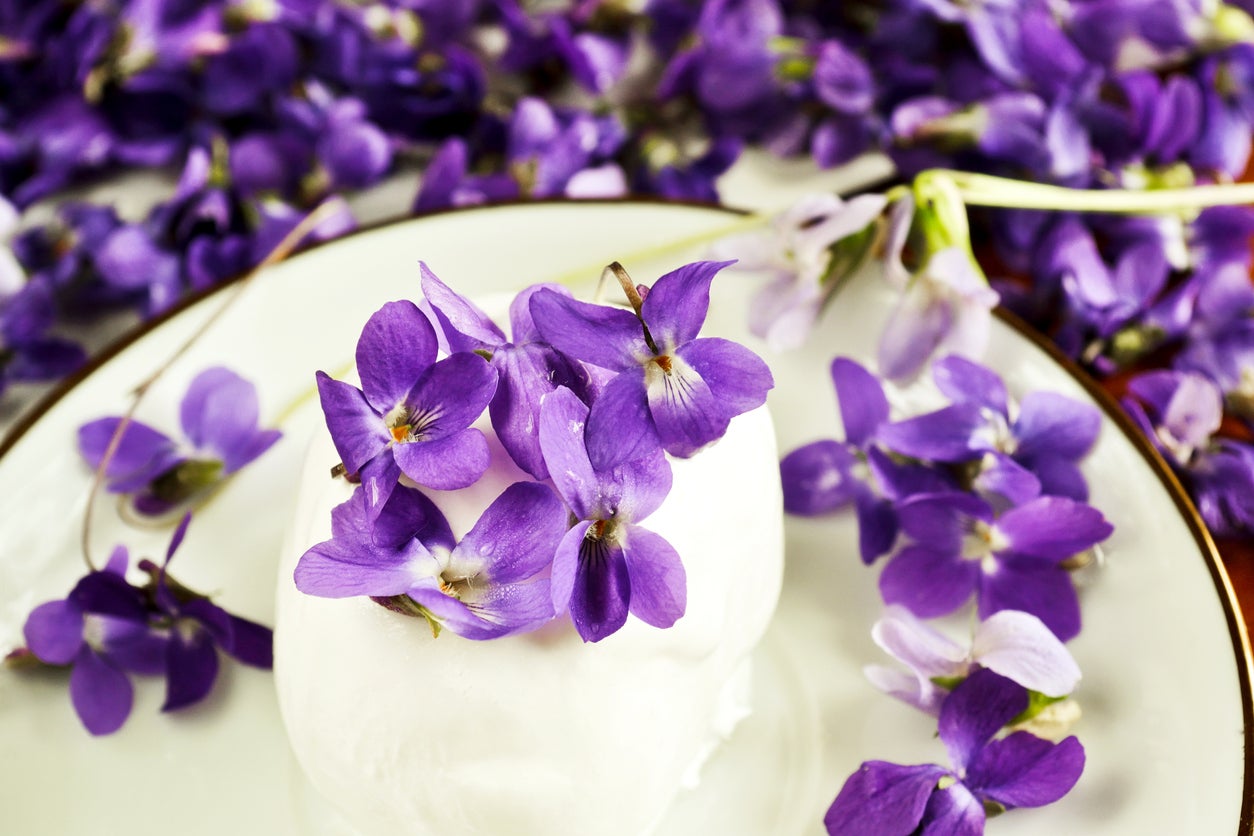 Are Violets Edible – Violet Flower Uses In The Kitchen
Are Violets Edible – Violet Flower Uses In The KitchenOne extremely common plant, the violet, is widely known for its presence as a wildflower and also has its place in well-maintained and cultivated gardens too. But, did you know that eating violet flowers is popular as well? Learn more in this article.
By Tonya Barnett
-
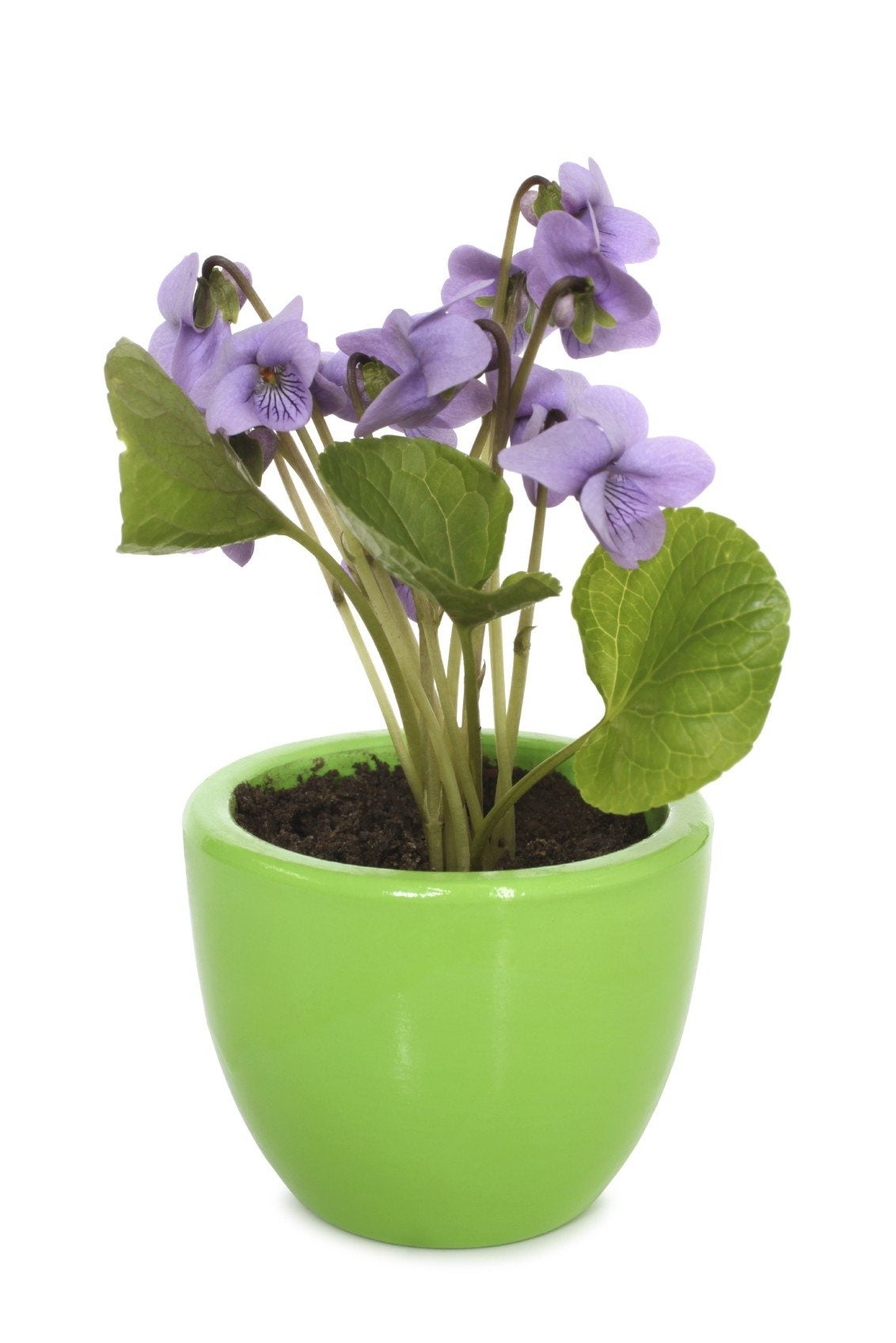 Care Of Indoor Violets: How To Grow Violets Indoors
Care Of Indoor Violets: How To Grow Violets IndoorsViolets are easy to love. They're beautiful, they're fragrant, and they're virtually maintenance-free. So it only makes sense to want to bring that into your home. But can you grow violets inside? Learn more in this article.
By Liz Baessler
-
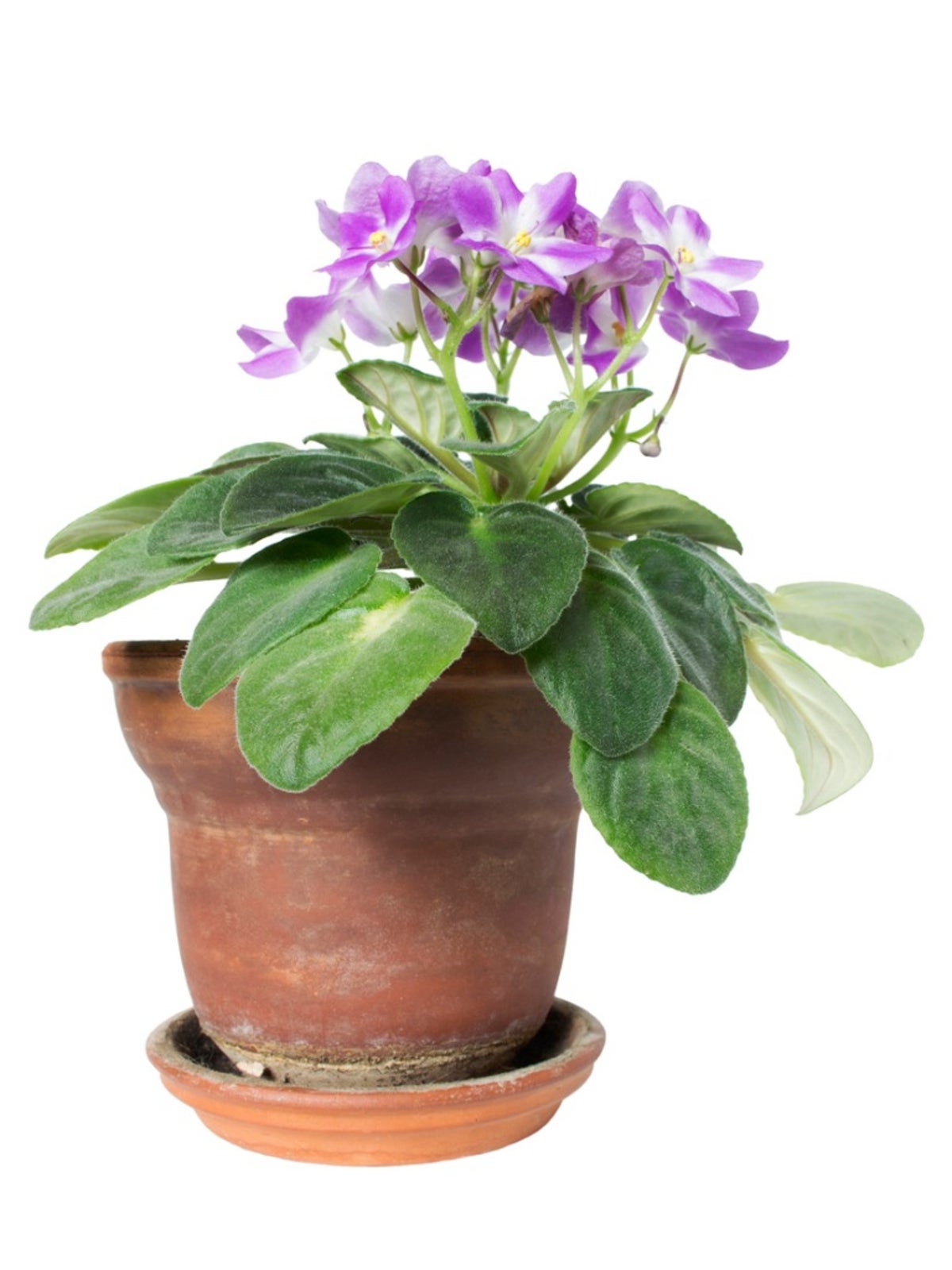 Potted Violet Plants: Tips For Growing Violets In Containers
Potted Violet Plants: Tips For Growing Violets In ContainersViolets are versatile, and growing violets in containers is no problem at all. Want to learn how to plant violets in pots? This article can help with that. Simply click here for more information on growing and caring for container grown violets.
By Mary H. Dyer
-
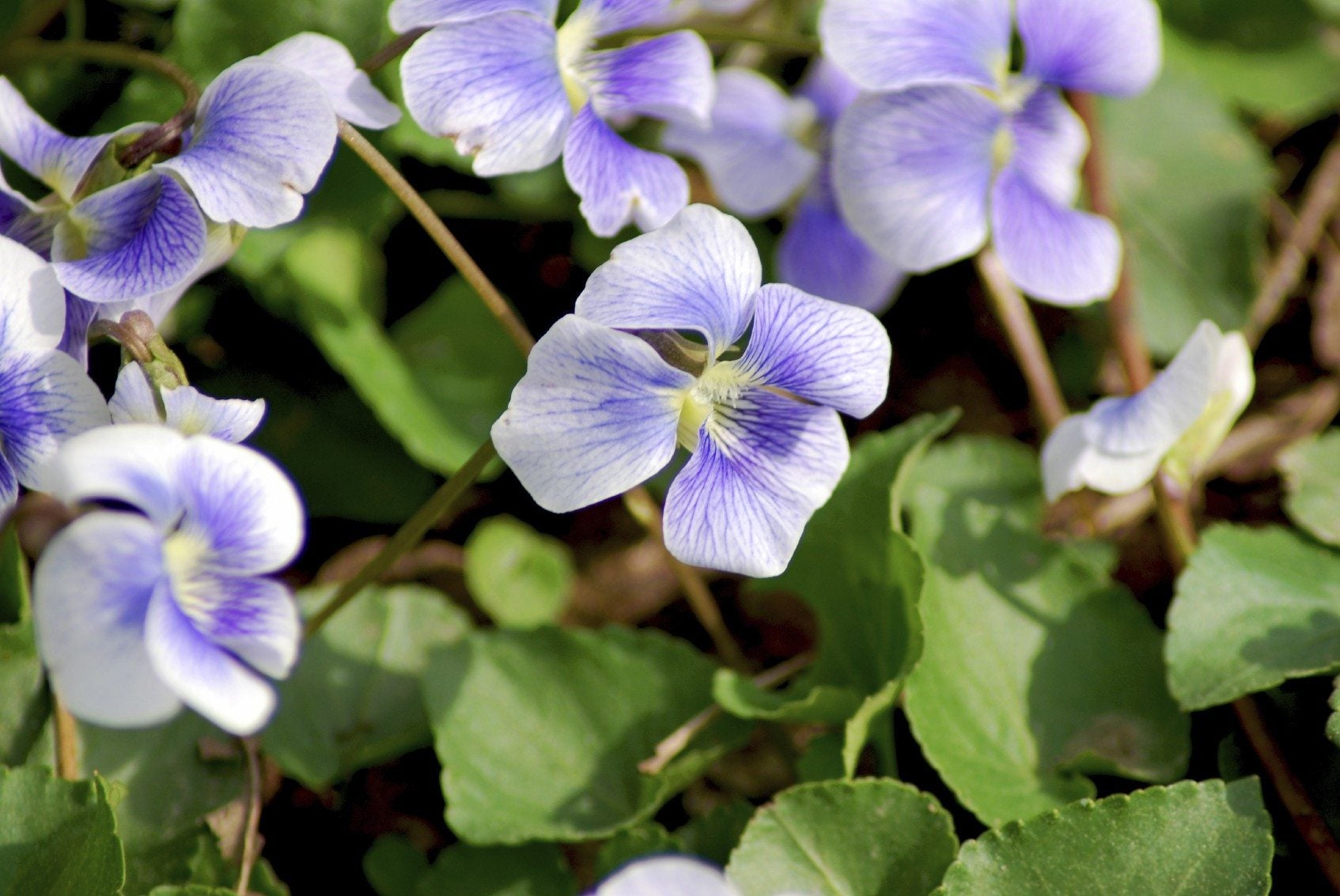 Varieties Of Violets: Different Types Of Violets
Varieties Of Violets: Different Types Of VioletsThere are around 400 types of violet plants in the genus Viola. The many violet plant varieties guarantee there is a sweet little Viola perfect for almost any gardening need. Learn more about these amazing little plants in this article.
By Bonnie L. Grant
-
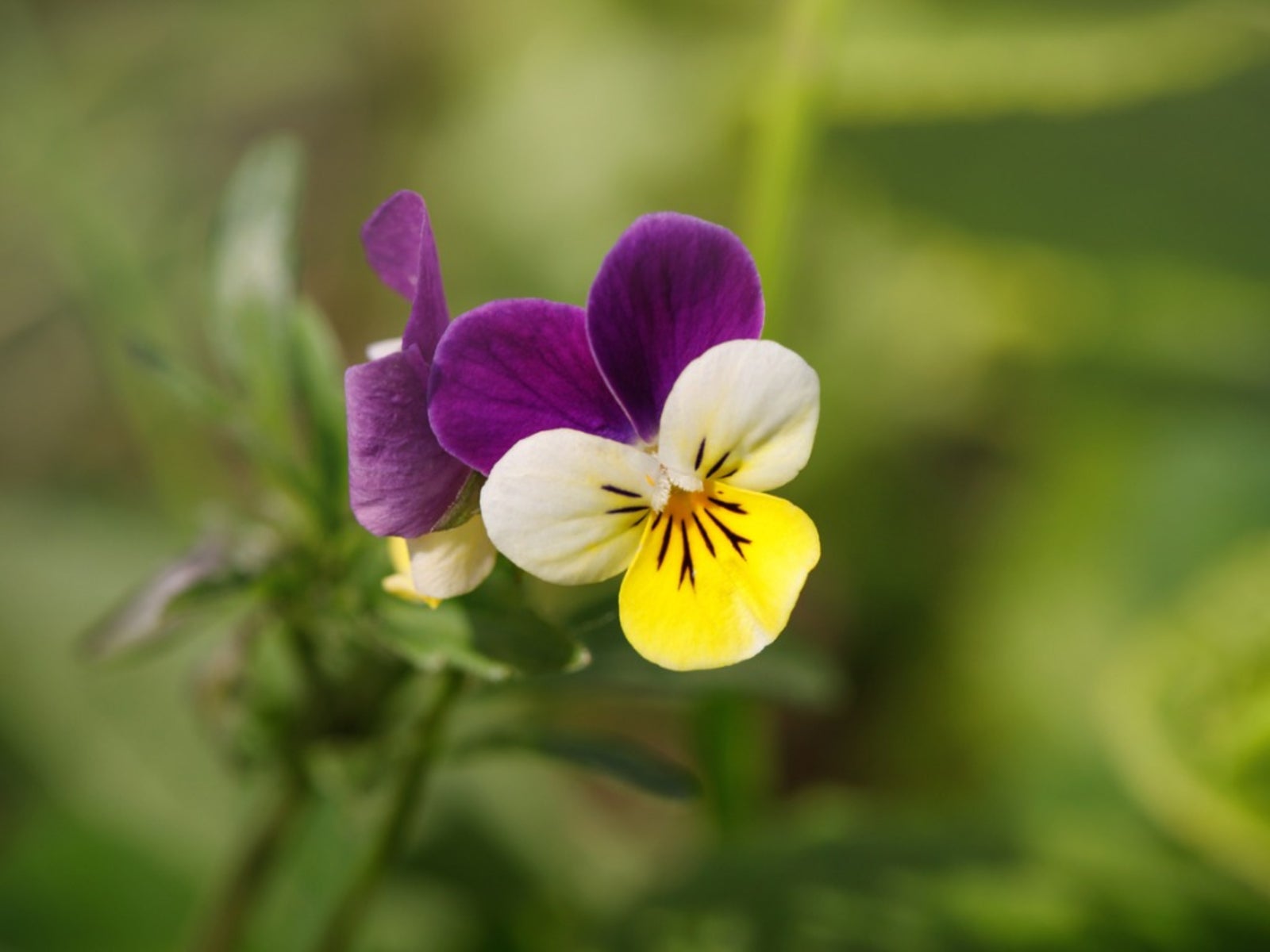 Johnny Jump Up Flowers: Growing A Johnny Jump Up Violet
Johnny Jump Up Flowers: Growing A Johnny Jump Up VioletFor a small and delicate flower that makes a big impact, you can't go wrong with johnny jump ups. The cheery purple and yellow flowers are easy to care for. Learn more about them in this article.
By Anne Baley
-
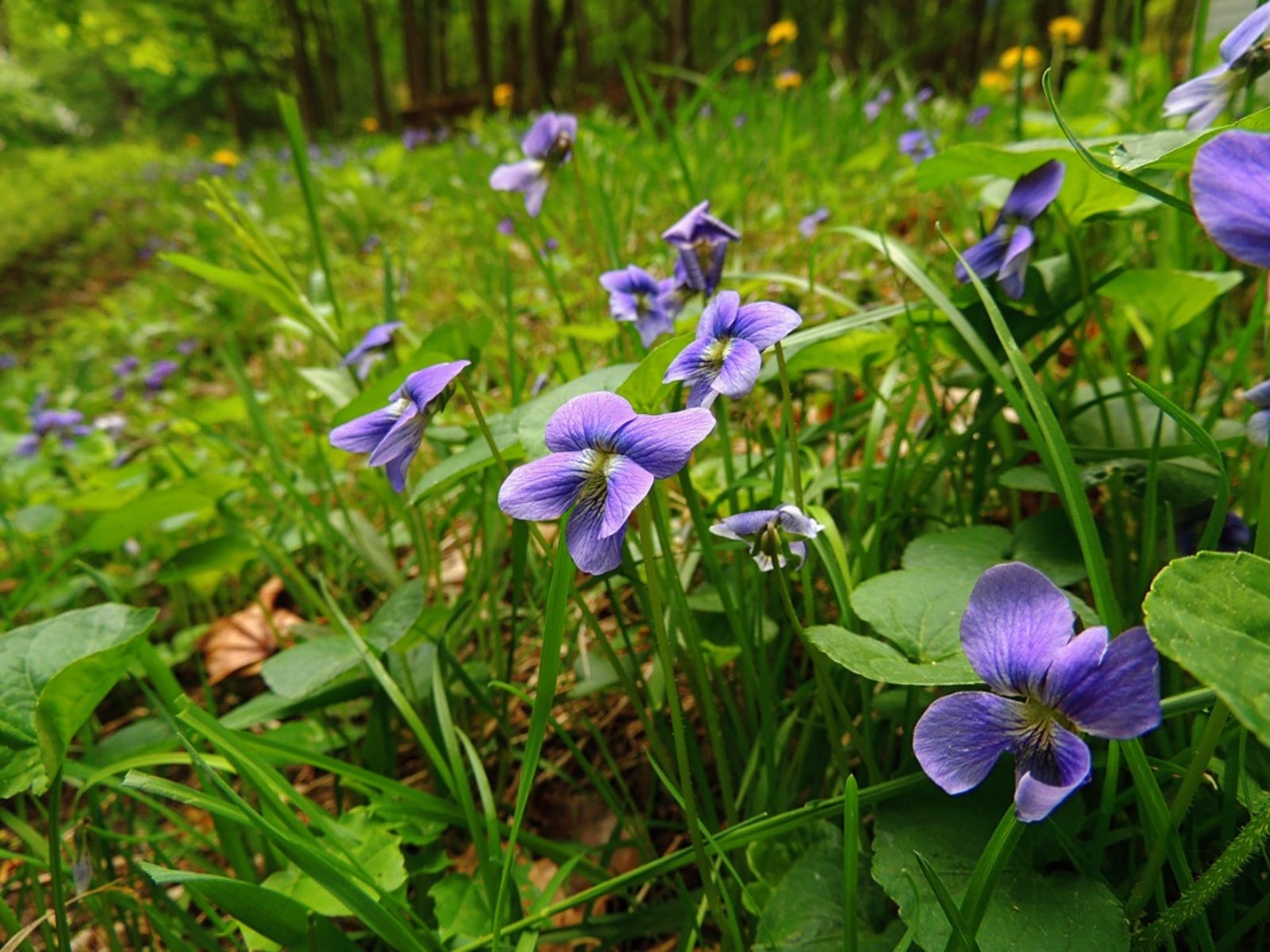 Wild Violets Care - How To Grow Wild Violet Plants
Wild Violets Care - How To Grow Wild Violet PlantsLearning to grow violet flowers is easy. In fact, they pretty much take care of themselves in the garden. Read this article to learn more about growing wild violets and their care.
By Nikki Tilley